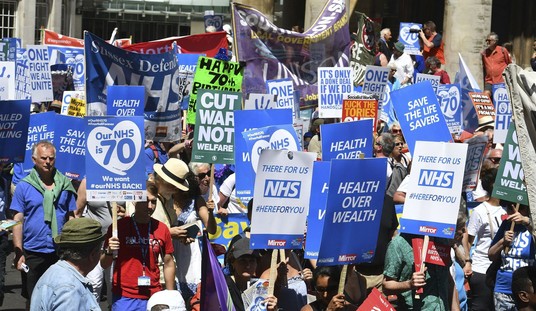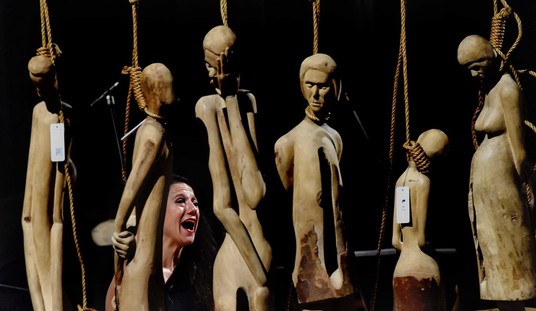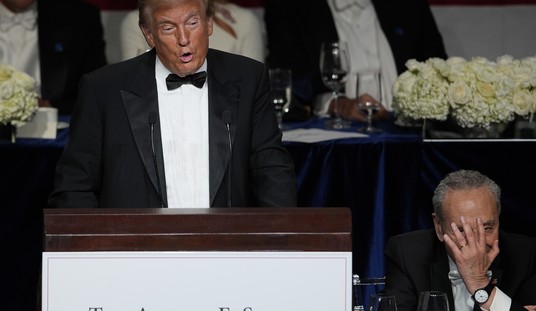Update (Steve Eggleston): I have a couple quick points. First, on the “not in labor force” front, it is a seasonal phenomenon related to year-end retirements, and in the case of January, the implementation of new population controls. While the 360,000 additional people not in the workforce compared to December (on a not-seasonally-adjusted basis) is a larger add than the last couple years, it is actually lower than the average December-to-January change since 2000.
The future isn’t very bright. The January Challenger report released yesterday noted that announced job cuts surged to 75,114, the highest monthly total since July 2015 and the highest January total since 2009. The report also noted that there were 8,362 announced hiring plans last month, the 2nd-lowest January total going back to 2011.
Update: The not-in-labor-force totals are not seasonally adjusted figures, so some of this is probably a normal flux at this point in the year. The past couple of years has shown similar trends, although not to the same amplitude. Thanks to Steve Eggleston for pointing this out, and he will have more in a latter addendum to this post.
Original post follows …
Looks like the 2015Q4 GDP results told a broader story than some credited. The Associated Press called the results from today’s Bureau of Labor Statistics report “a sharp deceleration from recent months” (later removing “sharp” from that description), paralleling the sharper deceleration of production. The US economy added only 151,000 jobs, a miss on expectations and barely enough to tread water on population expansion:
Total nonfarm payroll employment rose by 151,000 in January, and the unemployment rate was little changed at 4.9 percent, the U.S. Bureau of Labor Statistics reported today. Job gains occurred in several industries, led by retail trade, food services and drinking places, health care, and manufacturing. Employment declined in private educational services, transportation and warehousing, and mining.
Numerous news services heralded the a drop in U-3 rate of unemployment to 4.9%, but the number of people not in the workforce also rose by 360,000 people from last month (table A-16). That follows an increase of 284,000 the previous month. Those not in the labor force who want a job increased by 461,000, and that follows an increase of 379,000 in the previous month. The latter measure had been falling in 2015, but has reversed itself by 840,000 in two months — both in the 0.7%-growth-rate Q4. [see update above]
Needless to say, this leaves the workforce participation rates near their historic lows:
After accounting for the annual adjustments to the population controls, the civilian labor force and total employment, as measured by the household survey, were little changed in January. The labor force participation rate, at 62.7 percent, was little changed. The employment-population ratio (59.6 percent) changed little over the month but was up by 0.3 percentage point since October.
The U-3 rate dipped down to 4.9%, but that appears to be a rounding issue more than a significant shift. The broader U-6 rate remained at 9.9%, where it has been for three straight months after briefly dipping down to 9.8% in October. For comparison, October was the first time since May 2008 that U-6 scored under double digits, and the U-3 rate in May 2008 was 5.4% while the workforce participation rates were 66.1% and 62.5%, respectively.
In other words, this isn’t much to cheer. Expectations ran higher thanks in part to the ADP report on Wednesday that put private-sector job expansion at 205,000. Reuters noted the miss, but still says the job market “remains firm”:
U.S. employment gains slowed more than expected in January as the boost to hiring from unseasonably mild weather faded, but surging wages and an unemployment rate at an eight-year low suggested the labor market recovery remains firm.
Nonfarm payrolls increased by 151,000 jobs last month and the unemployment rate was at 4.9 percent, the lowest since February 2008, the Labor Department said on Friday.
Data for November and December was revised to show 2,000 fewer jobs created than previously reported. Economists polled by Reuters had forecast employment increasing by 190,000 and the jobless rate steady at 5 percent.
CNBC’s Jeff Cox was less optimistic:
The U.S. economy created just 151,000 jobs in January, the latest sign that growth is slowing, though the unemployment rate fell to 4.9 percent.
Amid volatile financial markets and signs of contraction in manufacturing and corporate profits, the job engine slowed as well.
Friday’s report comes a month after the Federal Reserve approved its first interest rate hike in nine years and as Wall Street speculation intensifies over what the central bank might do in the future. Fed officials have indicated a desire to hike rates as many as four times in 2016, though market expectations are for fewer or even no moves.
The sharp reversal on exits from the labor force should be the greatest concern from this report. The 151,000 added jobs pales in comparison to those numbers, and those added jobs only account for population growth anyway. Combined with last quarter’s GDP growth rate, it appears that 2016 is off to a tough start, and may signal a very tough year.








Join the conversation as a VIP Member